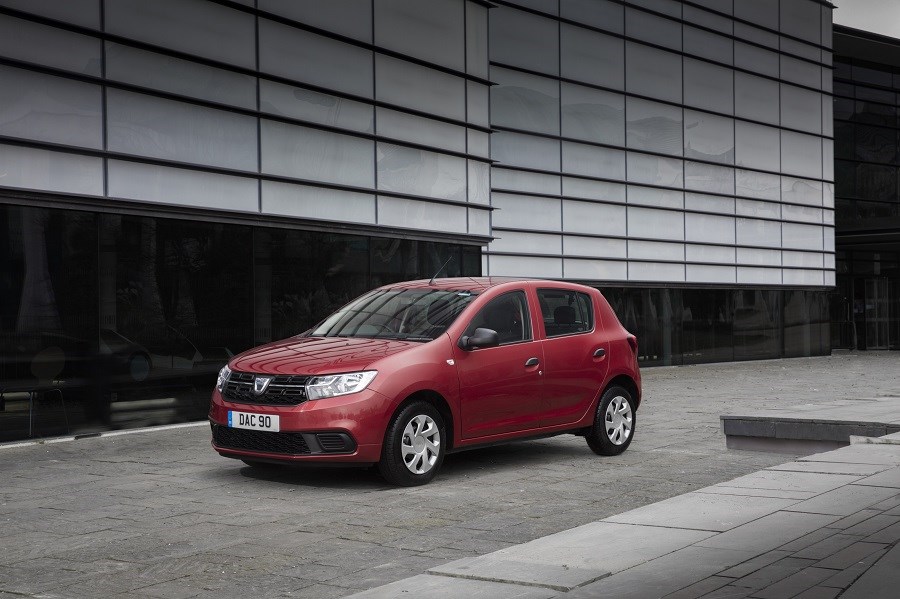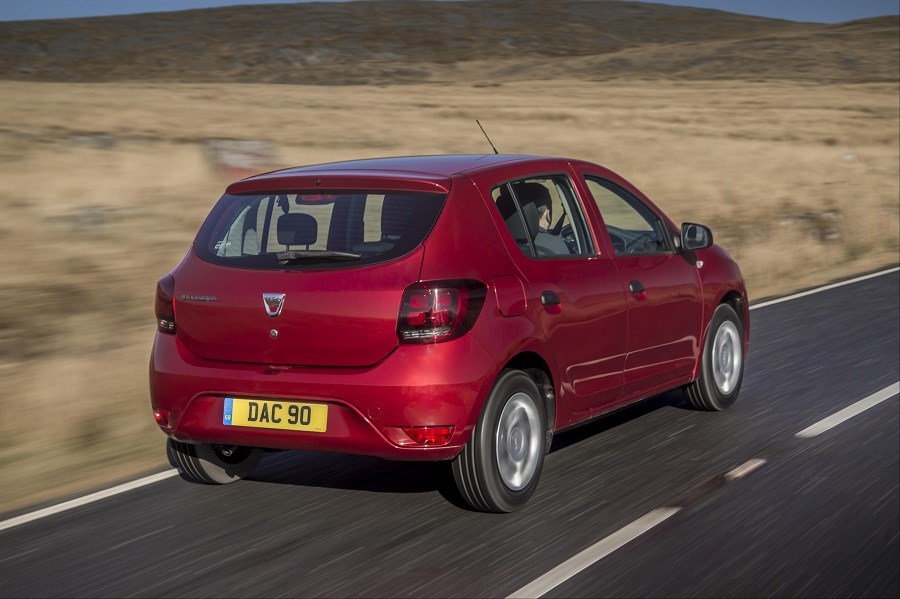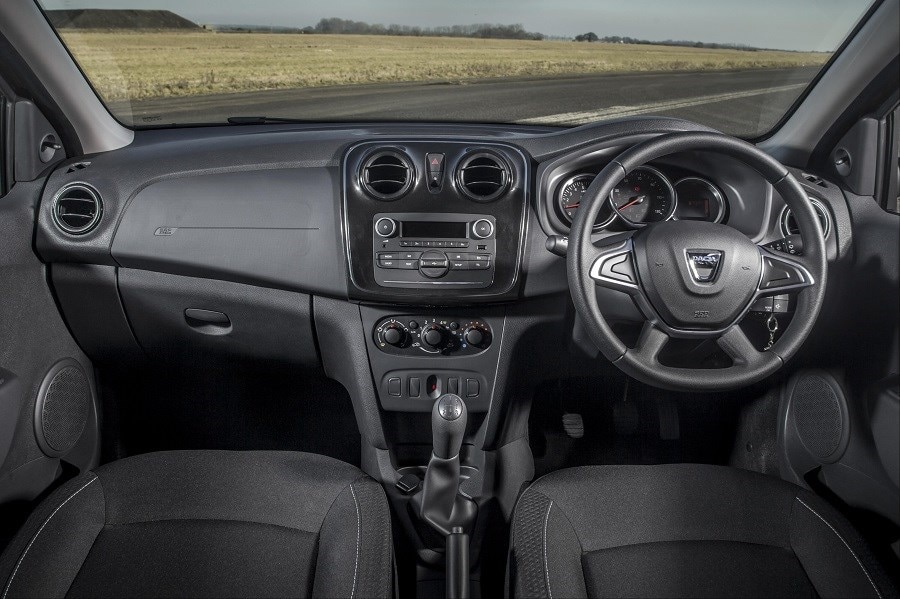Latest model
Dacia revealed a facelifted version of the Sandero at the 2016 Paris Motor Show, alongside an updated Logan MCV.
The manufacturer didn’t go over the top, but styling differences such as a new grille and LED daytime running lights helped to keep the Sandero looking fresh. Other changes made to the model include revised front and rear bumpers, as well as new wheel trims and alloy wheels.
Interior tweaks such as more soft plastics and a redesign of the layout also make the Sandero’s cabin appear more ergonomic than before, although it’s still quite outdated.
The key difference was the introduction of a new engine —a three-cylinder 1.0-litre unit producing 74bhp. This was available with a new automatic transmission, too.
Value for money
If value for money is the main priority on your next car, few cars can offer so much bang for your buck. Starting prices might have risen to £6,995 but that’s still a fantastic bargain for the price. To put it into perspective, a new Ford Fiesta would set you back double that amount.
Admittedly, Sanderos at that price are basic to say the least. Entry-level Access models don’t even come with electric windows, air-conditioning or even a radio, and are sparse to the point where they could be difficult to live with.
It’s not until you get to the top-spec Comfort versions where you get all the standard equipment most buyers are looking for—cruise control, a touchscreen and a trip computer being fitted to these range-topping models.
Used Sanderos start from as little as £3,000 which will buy you a 2013 car in entry-level trim, with around 60,000 miles and the clock. We would recommend increasing this by around £750 to get Laureate model (formerly the top-spec version) which adds a touchscreen and cruise control, and is worth the extra spend for the additional creature comforts. There’s also sizeable discounts off nearly-new models, too. Mid-spec Ambiance models which are less than 12 months old can be picked up for about £1,500 less than list price.
Looks and image
The Sandero is for motorists who don’t particularly care what their car looks like and will appeal to those wanting a reliable and cheap way of getting from A to B.
The design is indisputably bland, but fussy designs cost money. It’s by no means a bad-looking car, but it’s uninspiring. With that said, the latest model’s new front bumpers, grille and LED daytime running lights have at least helped to freshen the design of the Sandero. One notable disappointment is the lack of alloy wheels on the top spec versions. However, 15- or 16-inch alloys can be an optional extra.
As you might expect, the interior is tailored towards value. You won’t find any plush leather or soft touch plastics here. Instead, there’s plenty of hard-wearing plastics and a very functional layout. The lack of adjustability to the driver’s seat and steering wheel on all but the top models can mean that the perfect seating position can be tough to find, but this is one of the pitfalls of the Sandero’s bargain basement roots. That said, the facelifted model brought minor improvements to the cabin, particularly where quality is concerned.
As a cheap mode of transport, it’s difficult to fault the Sandero, but if you’re looking for driving enjoyment it is likely not the right car for you. There’s very little feel through the steering wheel, while the grip levels soon run out if you start to push. However, drive it sensibly—in the way it was intended—and it’s a very comfortable model, which handles potholes well and offers impressive ride quality for a car of this size and budget.


